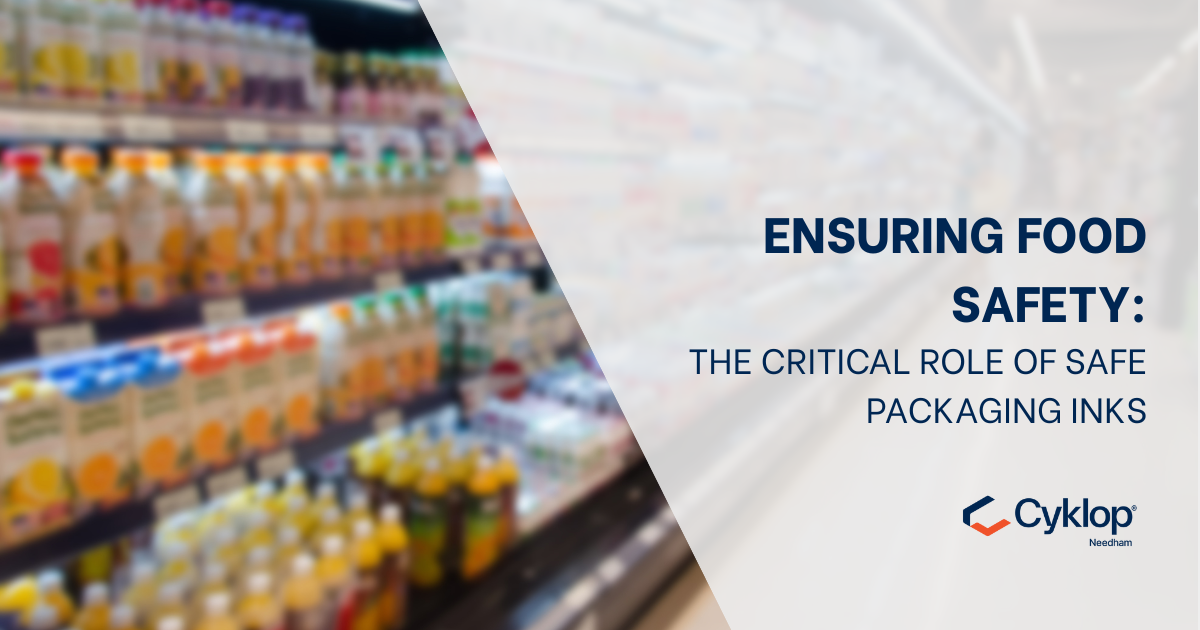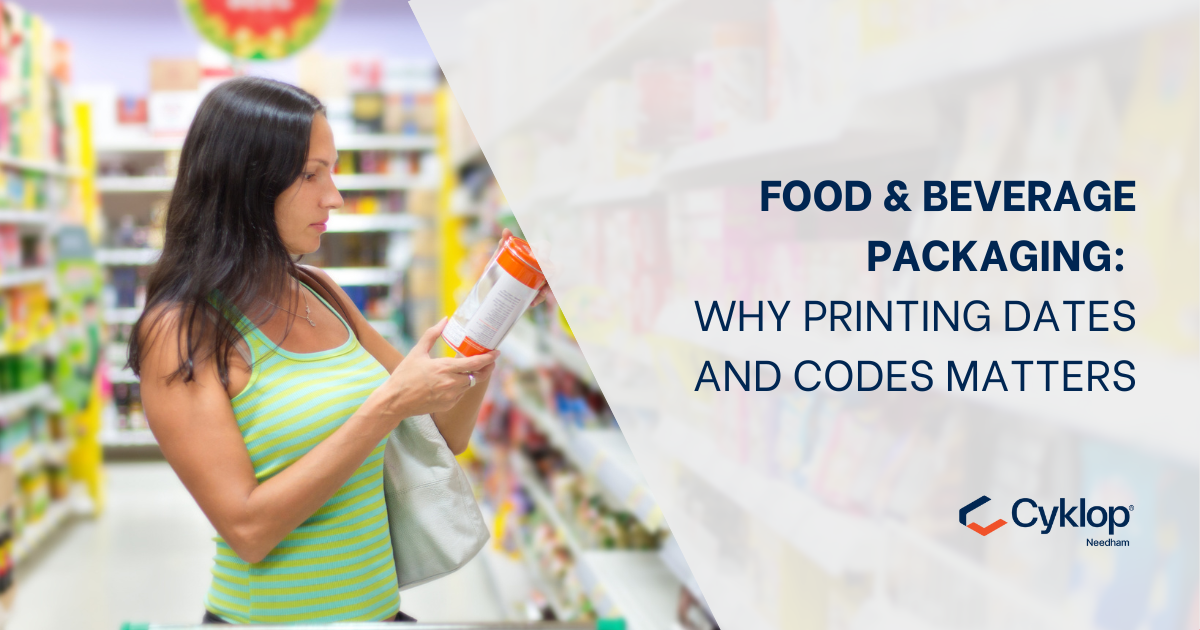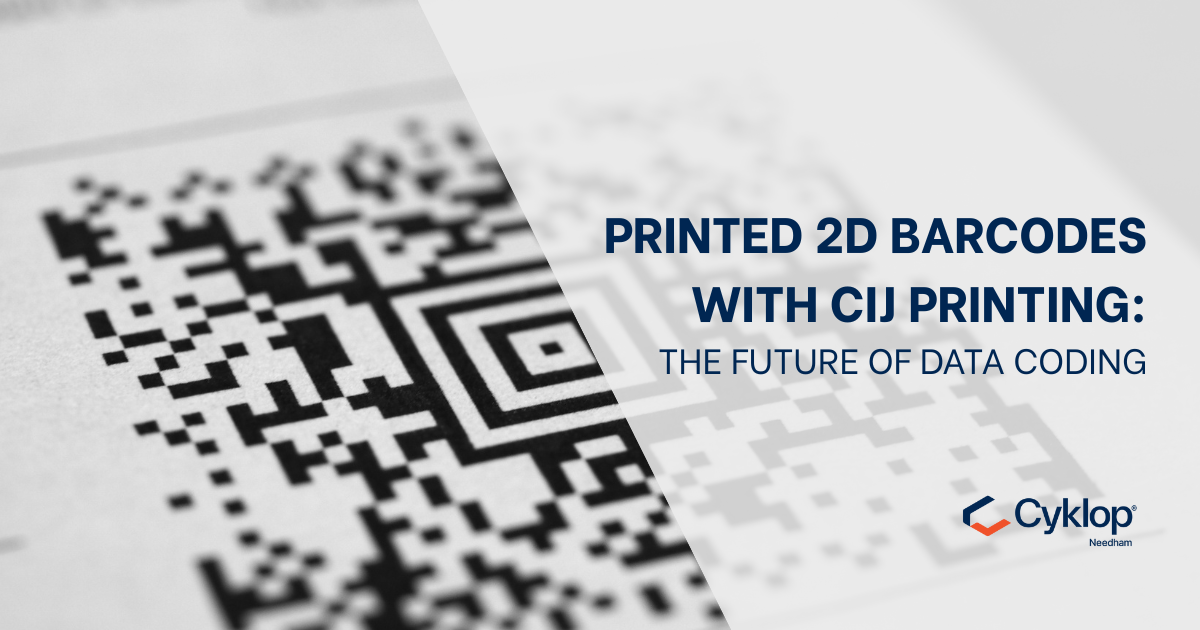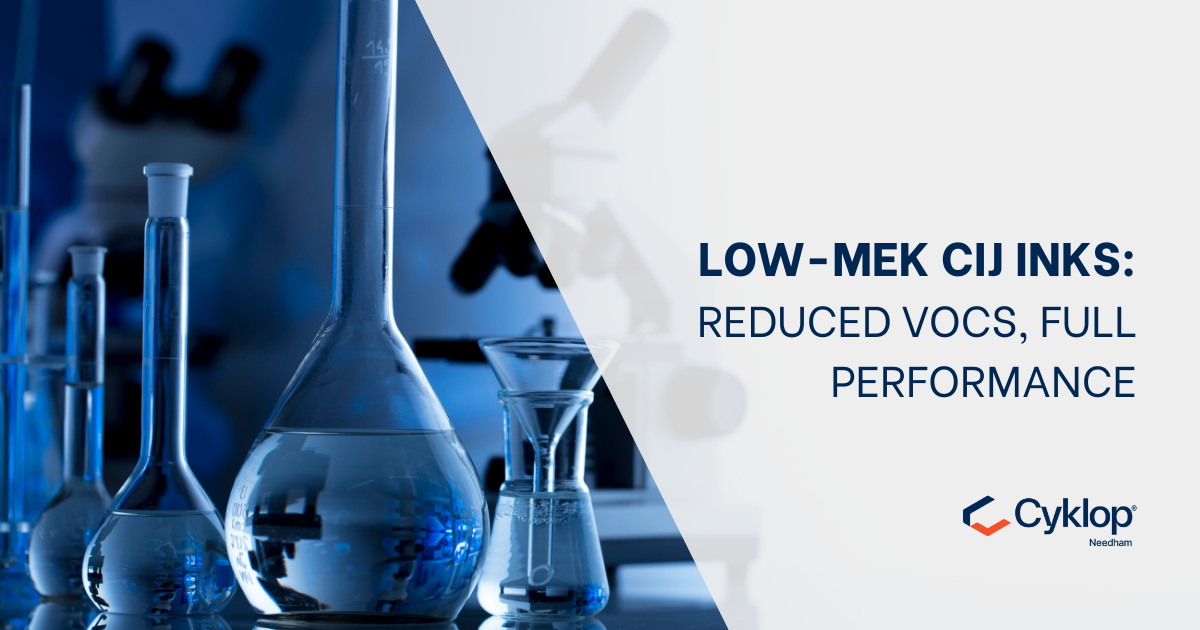Food & Beverage Packaging: Why Printing Dates and Codes Matters
In the food and beverage industry, packaging is more than just branding — it’s a line of defence for consumer safety, a tool for regulatory...
4 min read
Samuel Mcgarrigle
Jun 6, 2024 2:01:27 PM

In the vital realm of food safety, meticulous attention to every detail is paramount. Whilst the focus often centres on the food product itself, the packaging plays an equally crucial role in preserving freshness, maintaining quality, and most importantly, ensuring safety for consumption. A fundamental element in this process is the selection and use of safe and reliable packaging inks. At Cyklop Needham, we recognise the significance of this often-overlooked aspect and are dedicated to providing ink solutions that meet the most stringent safety standards in the food industry.
The Paramount Importance of Food-Safe Packaging Inks
Packaging inks come into direct, and sometimes indirect, contact with food packaging materials. If these inks contain harmful substances, there's a potential risk of migration into the food, posing significant health hazards to consumers. These contaminants can lead to various issues, including foodborne illnesses, allergic reactions, and potential long-term health problems. This inherent risk underscores the critical importance for food manufacturers to carefully choose packaging inks that prioritise consumer safety.
Navigating Regulations and Ensuring Compliance
To effectively mitigate these risks, a robust framework of stringent regulations governs the use of packaging inks within the food industry. In Europe, the European Food Safety Authority (EFSA) provides comprehensive guidelines and establishes strict limits on the substances permitted in food contact materials, including inks. Similarly, in the United States, the Food and Drug Administration (FDA) rigorously oversees the safety of all food packaging materials. Adhering to these regulations isn't merely a legal obligation; it represents a fundamental moral responsibility. By ensuring that your chosen packaging inks fully comply with these established standards, you actively protect your consumers and safeguard the integrity and reputation of your brand.
Understanding Different Types of Food Packaging and Ink Requirements
Food packaging encompasses a diverse range of forms, each presenting unique requirements and challenges for ink selection. A clear understanding of these differences is crucial in choosing the most appropriate and safe inks for each specific packaging type.
The Role of Continuous Inkjet (CIJ) Technology and Food-Grade Inks
Continuous Inkjet (CIJ) technology stands out as a highly advanced and reliable method for applying essential markings onto food packaging. CIJ printers are widely adopted within the food industry due to their inherent versatility, high-speed capabilities, and ability to print on an extensive range of surface materials.
Key Advantages of CIJ Technology for Food Packaging:
Cyklop Needham: Your Source for Food-Grade CIJ Inks
At Cyklop Needham, we offer a comprehensive range of food-grade CIJ inks specifically engineered to meet the rigorous demands of the food industry. Our CIJ ink solutions are:
The Future of Food Packaging Inks: Innovation and Advancement
The field of packaging inks is characterised by continuous innovation, with ongoing advancements focused on enhancing both safety and performance. Progress in ink formulation technology is leading to improved print quality, faster drying times, and increased durability, all whilst maintaining the highest safety standards. At Cyklop Needham, we are committed to staying at the forefront of these exciting innovations. Our dedicated research and development team is constantly working to create cutting-edge ink solutions that not only deliver exceptional performance but also contribute to even safer and more reliable food packaging.
Prioritising Safety with Quality Packaging Inks
True food safety extends beyond the food product itself, encompassing the packaging that protects it throughout its journey. By prioritising the selection of safe, compliant, and high-quality packaging inks, food manufacturers demonstrate a clear commitment to consumer well-being and ensure their products remain safe from the point of production to the moment of consumption. At Cyklop Needham, we are dedicated to providing the industry's best packaging ink solutions, including our advanced range of food-grade CIJ inks, to help you uphold the highest standards of food safety and brand integrity.
For more detailed information about our comprehensive range of food-safe ink products and how we can specifically assist with your unique packaging needs, please visit our website at www.needham-ink.com.
By making the safety and quality of your packaging inks a top priority, you not only safeguard your consumers but also reinforce your brand's unwavering commitment to excellence in food safety. We encourage you to explore our diverse range of ink products at Cyklop Needham and discover the perfect solutions to meet all your food packaging requirements.


In the food and beverage industry, packaging is more than just branding — it’s a line of defence for consumer safety, a tool for regulatory...

In the world of automated identification and data capture, barcoding has long been a cornerstone of efficient business operations. For decades, the...

Low-MEK CIJ Inks: A Cleaner, Compliant Coding Solution At Cyklop Needham, we’ve expanded our portfolio with a versatile range of low-MEK continuous...